Today, we look at new developments from Ukraine.
Although tactical drones dominate the battlefield, they have so far been mainly used in reconnaissance and ground assault roles.
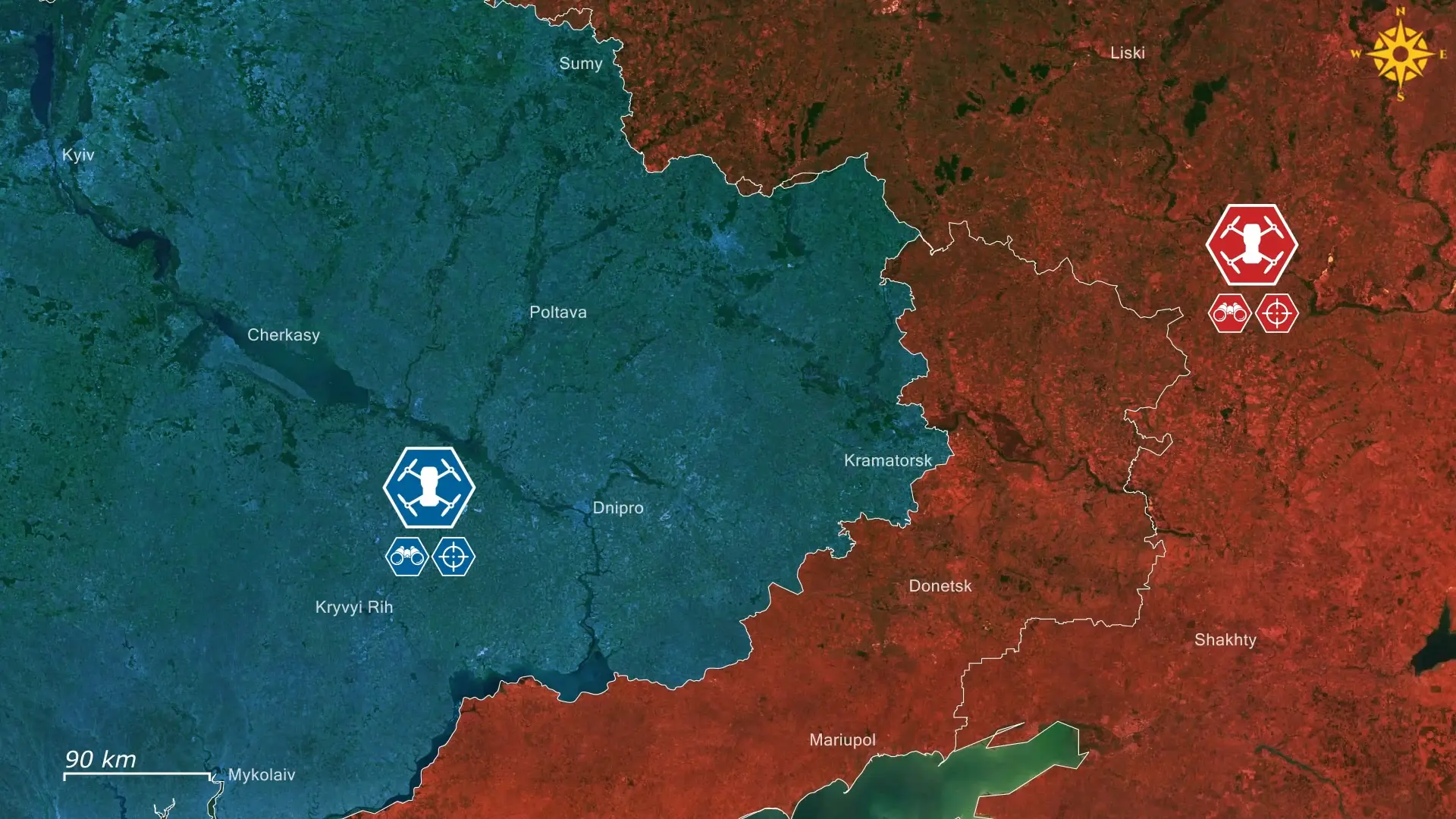
This is about change, however, as drone-to-drone combat has become increasingly important, prompting comparisons with World War one, where planes engaged each other in combat for the first time, setting the stage for a new change in the future of warfare.
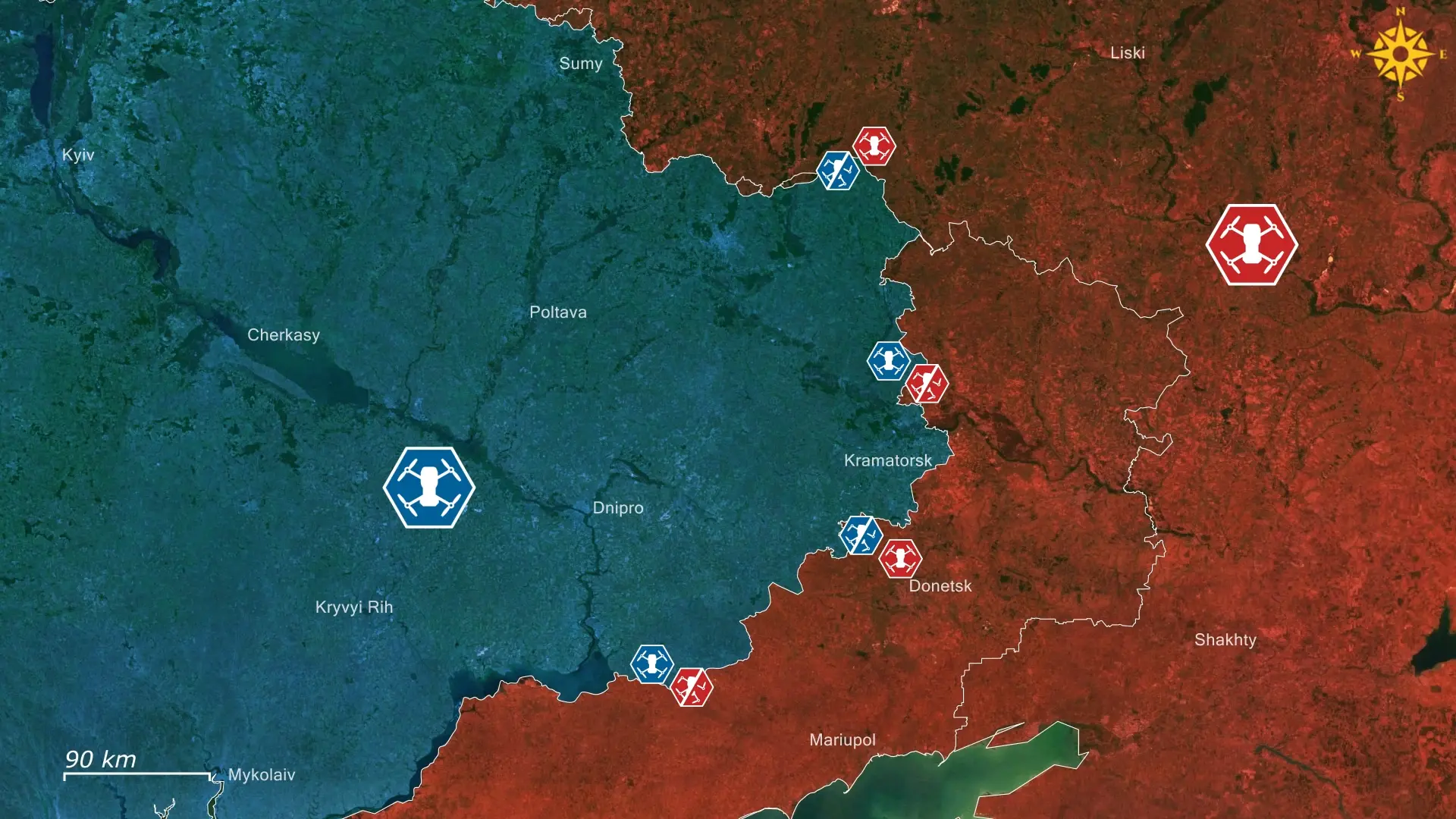
Since the start of the war, Ukraine has used FPV drones to observe enemy movements and quickly adopted them in new roles such as bombers and loitering munitions. Russia responded to these new threats and now fields its own drones, many of which are using fiber-optic cables to avoid electronic countermeasures. As most modern air defense systems are not suited for fighting small drones, both sides currently race to develop new ways to protect their forces and achieve air superiority above the frontline. After drone interceptors showed promising results against long-range drones, drone-to-drone combat now spreads to the frontlines, where the novelty of the war in the small sky has led to a variety of experimental and improvised developments.
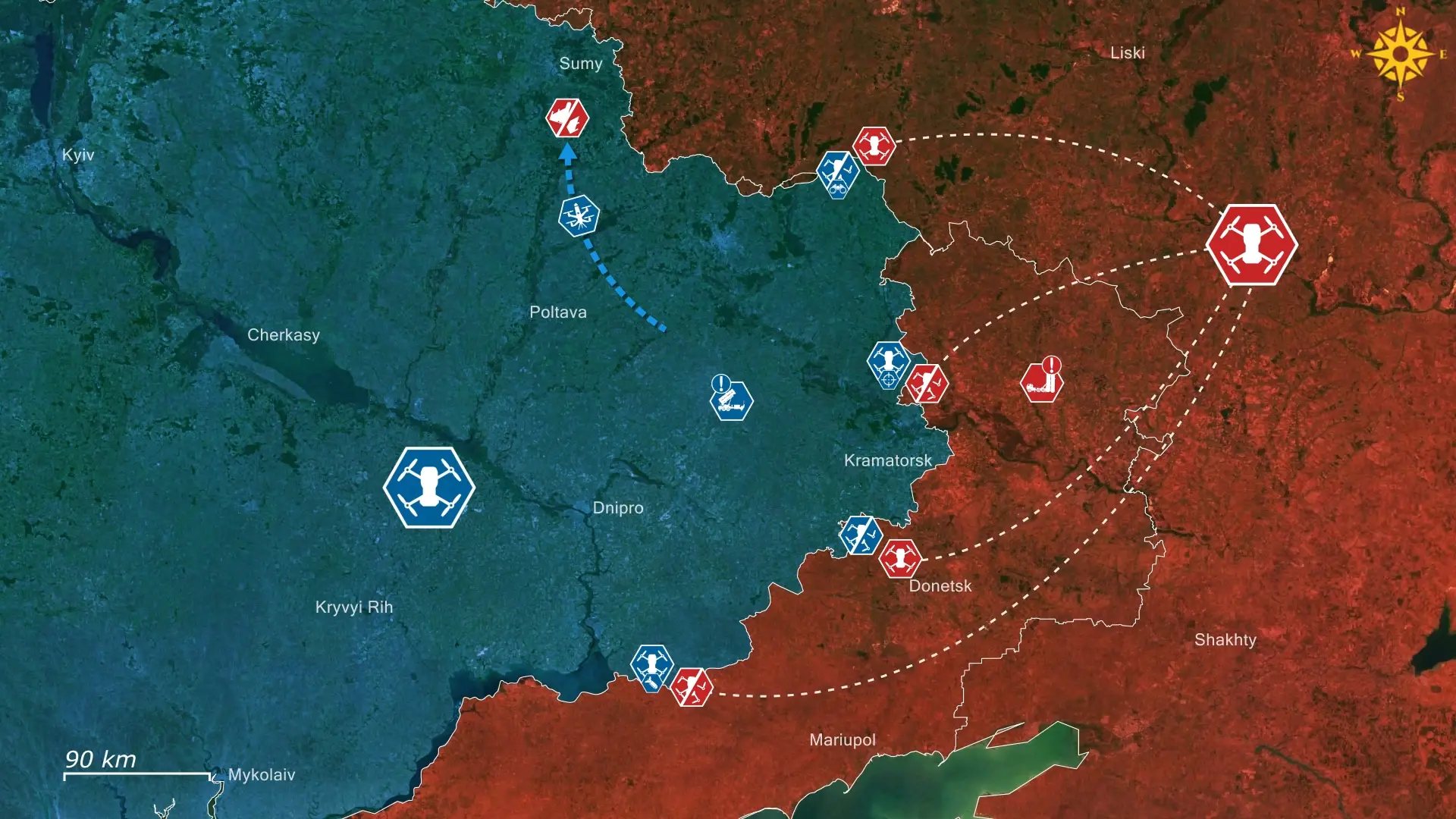
Early rudimentary variants in this drone-on-drone combat used FPV quadcopters with a stick attached, which was rammed into the rotors of enemy drones, to down them. Later development opened the door to models that use recoilless shotguns or nets instead, allowing drones that take down other drones to become reusable. Such makeshift variants have so far carried the burden of drone-to-drone combat, but new models like the Shrike, built by Ukrainian company Skyfall, are set to revolutionize anti-drone warfare.
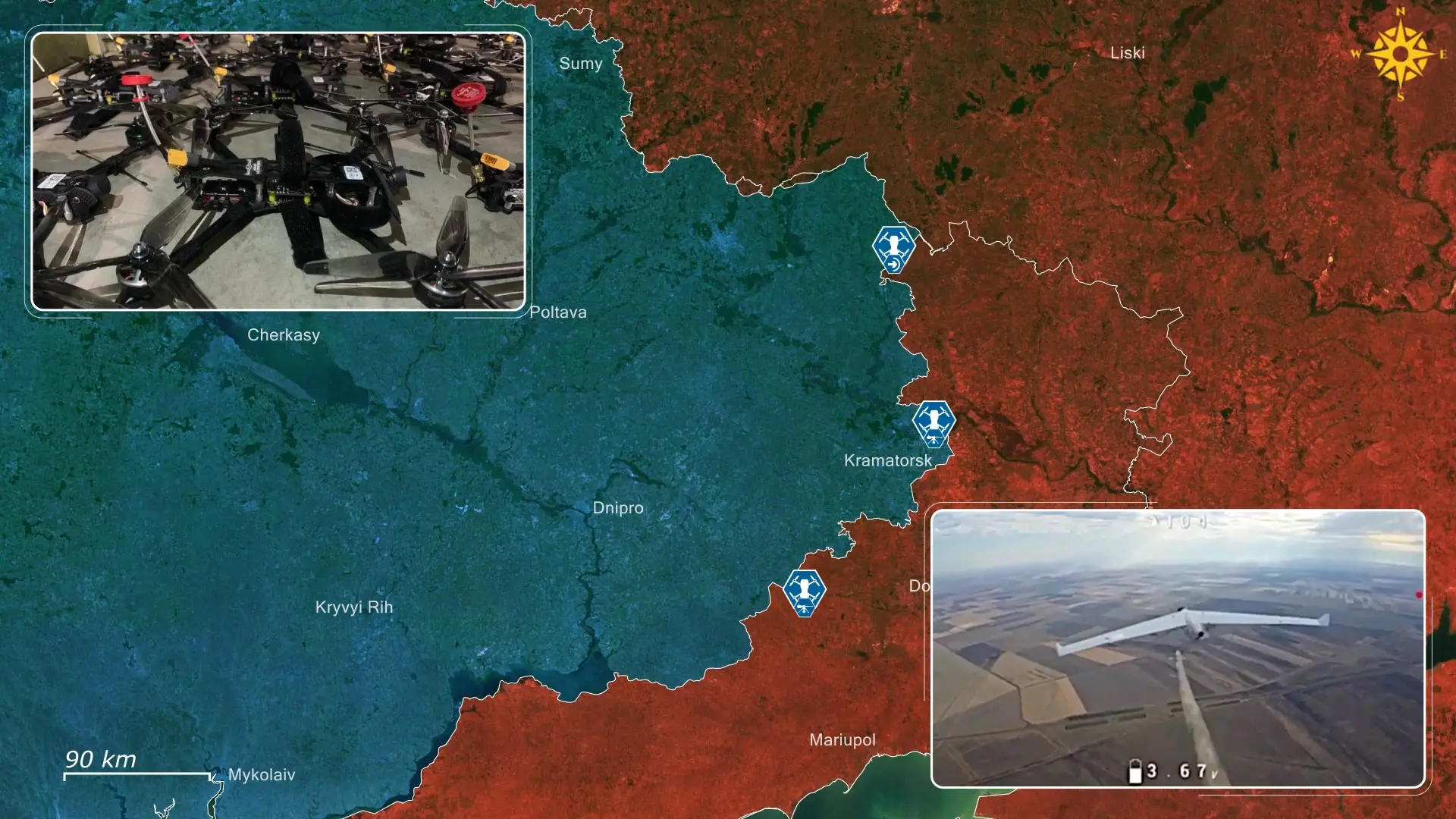
At costs of only 300 dollars, the Shrike can reach 300 to 400 Kilometers per hour to hunt down the much slower, but larger, reconnaissance UAV’s like the Russian Orlan and Supercam variants. Other companies are developing fixed-wing drones that also ram Russian UAVs or deploy recoilless shotguns mid-flight against FPV suicide and bomber drones. Amidst shortages of personnel, artillery, and armor on both sides, such capabilities have become key to survival and tactical initiative.

These developments have prompted comparisons with the evolution of aerial combat during the First World War. Like drones in Ukraine, planes were first used for reconnaissance, but their success and the appearance of bombers, which, like early drones, dropped mortar shells and hand grenades on the enemy, made dedicated fighter planes necessary to combat them.


Just like early interceptor drones, air-to-air combat in World War One at first featured crude tools, such as hooks or pistols, but within a short period, the conflict saw planes armed with machine guns that rendered the previous designs obsolete. As interceptors became common, additional fighter planes were soon required to protect other variants from enemy attacks, and air forces rapidly enlarged their fleets.
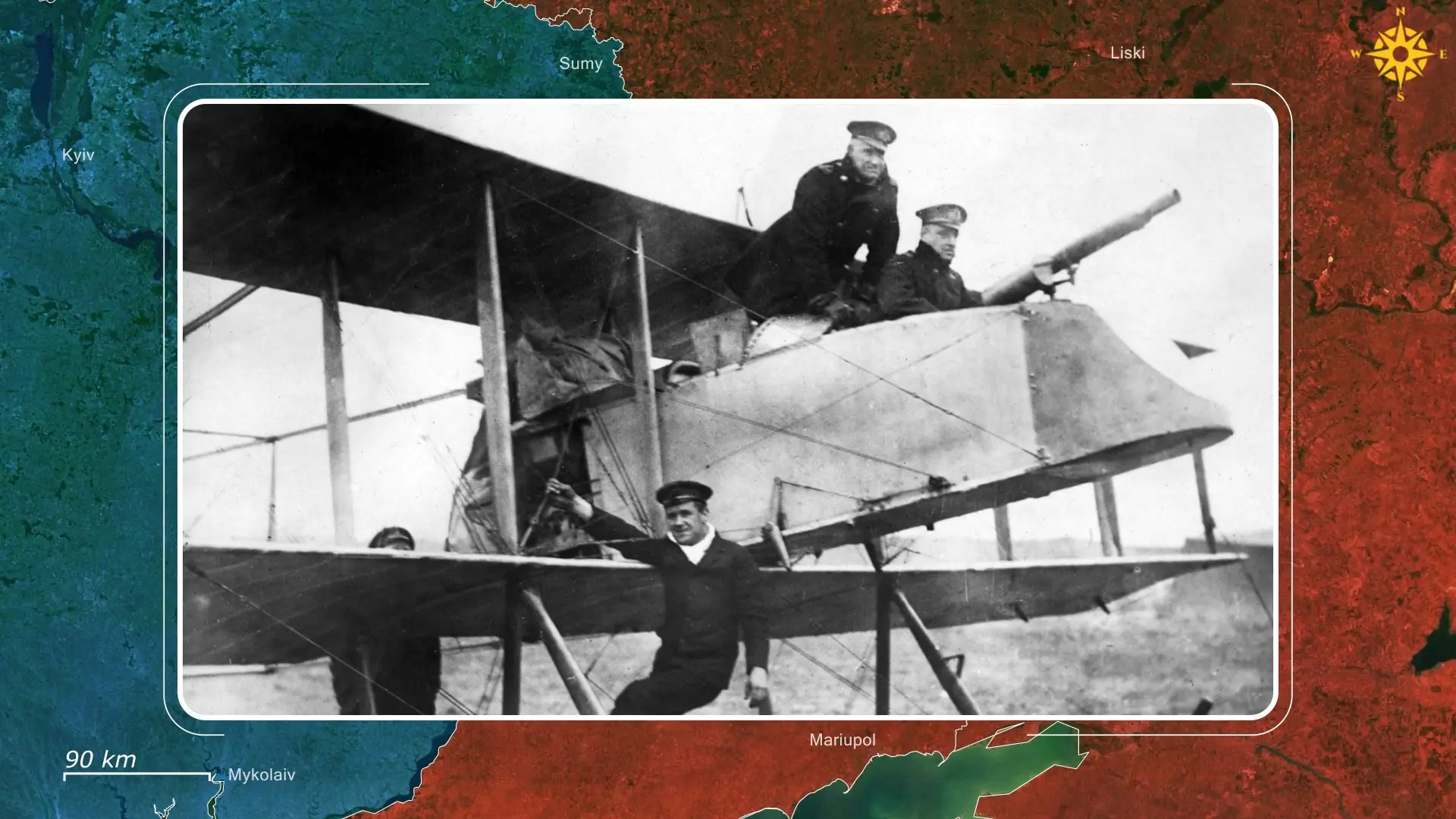

Amidst the war in Ukraine, developers now also seek to improve production rates as well as the range, speed, payload, and autonomy of drones. Russia, currently developing its own interceptor drones similar to the Ukrainian Shrike, that promise high-speed engagement capabilities. Artificial intelligence marks the next important step in drone development, and future models will be able to attack independently and work together to maintain air superiority.

Russia already uses AI-supported V2U drones, while Ukrainian drone manufacturer Vyriy is currently working on implementing AI into its Vyriy-10 FPV platform to produce a smart, lethal, and cost-effective weapon system. Experts believe that intelligent tactical drones might dominate the frontlines within the coming months.
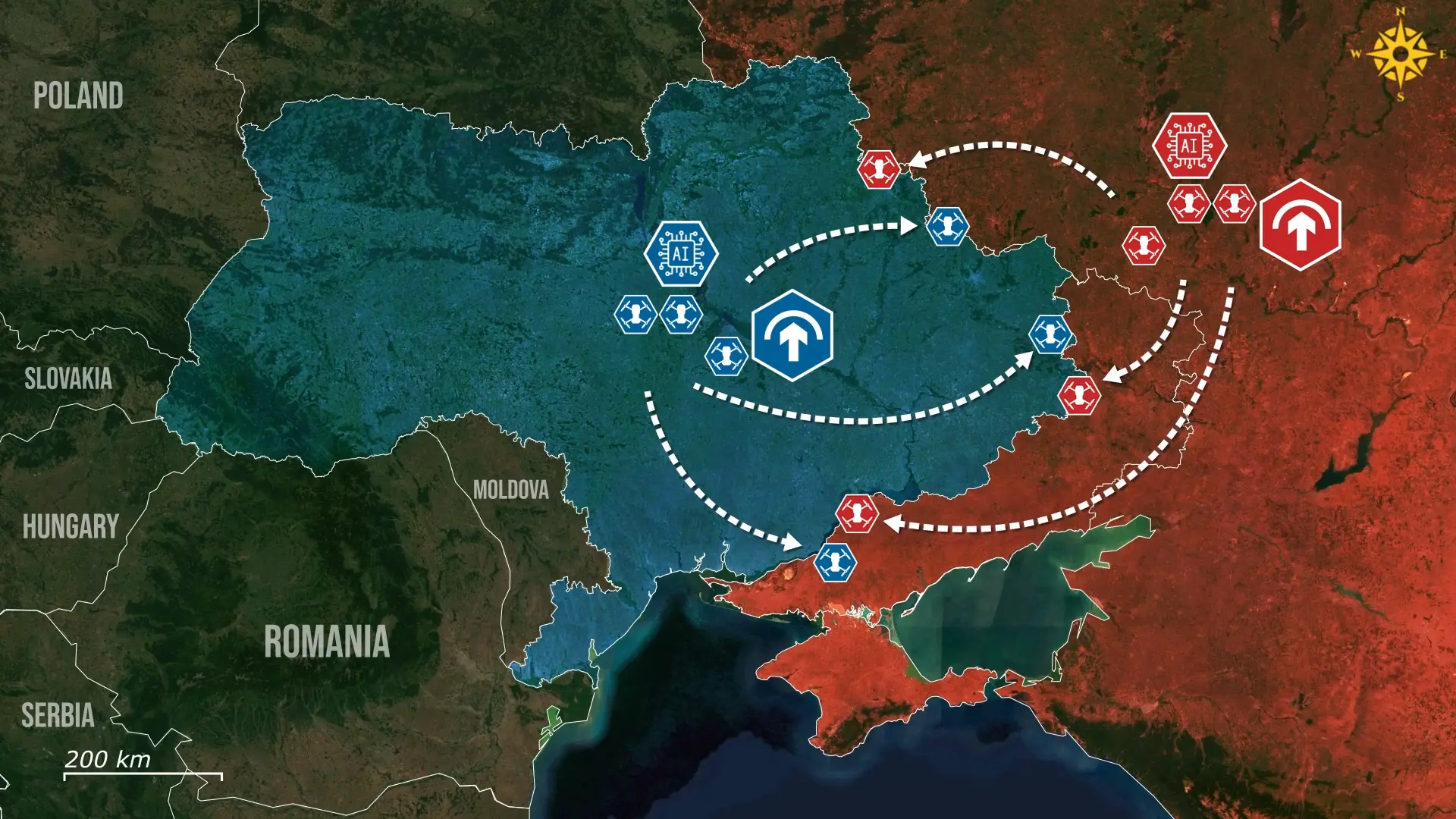
Overall, as drone warfare is changing aerial combat at a rapid pace, its development is in many ways similar to the advent of planes during the First World War. While some lauded pre-war designs have now been withdrawn from the frontline, makeshift drones have explored new uses only to be replaced by dedicated combat designs. Just as one hundred years ago, reconnaissance acted as a starting point for the development of short and long-range bomber tactics, which made specialized interceptors necessary. Currently, models like the Ukrainian Shrike are appearing on the battlefield and might render some FPV drones currently in use obsolete, only to be soon outmaneuvered by better-protected systems. In the near future, artificial intelligence will also have severe impacts on war in the sky and bring along a host of novel tactical and ethical implications.
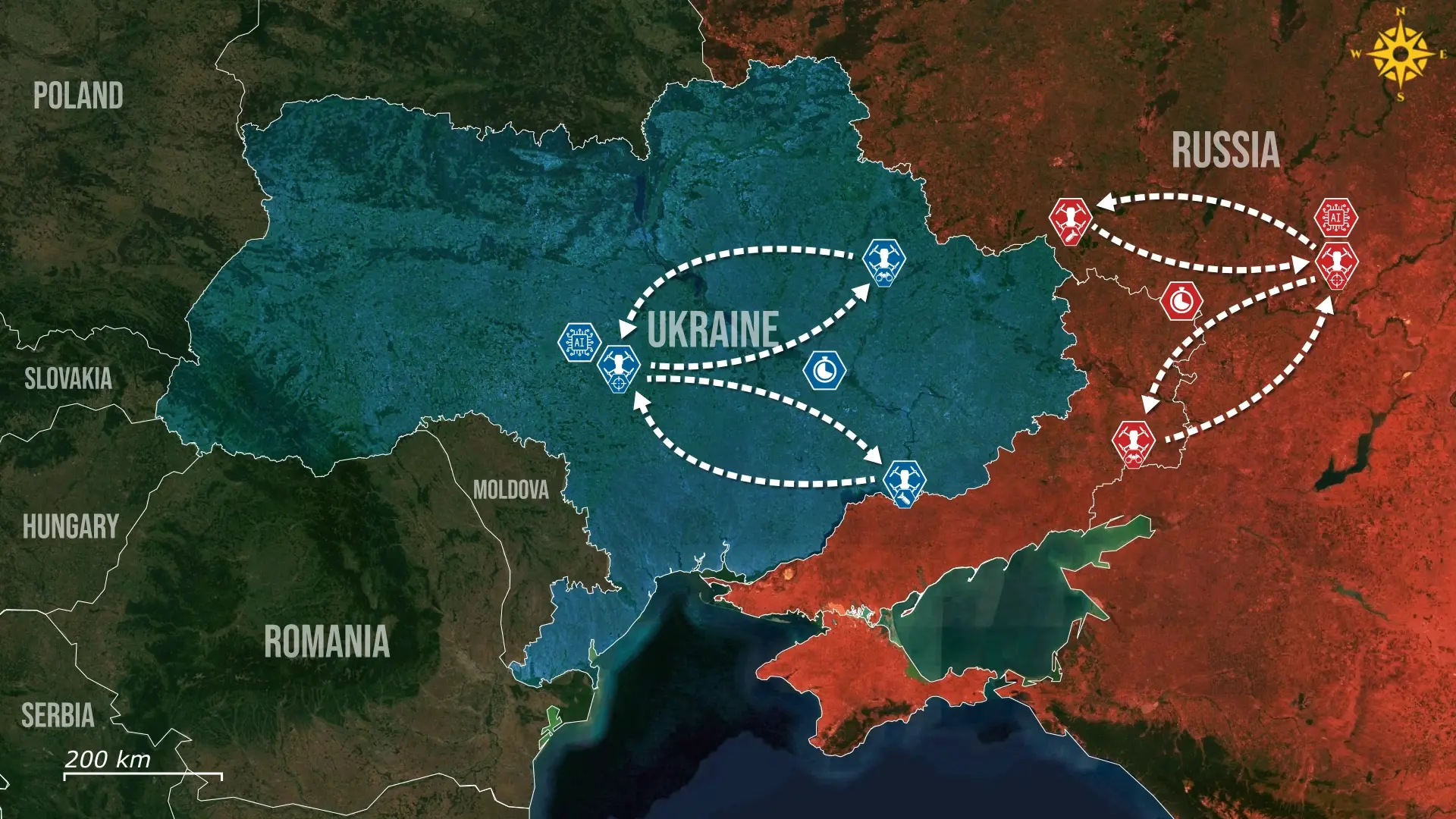








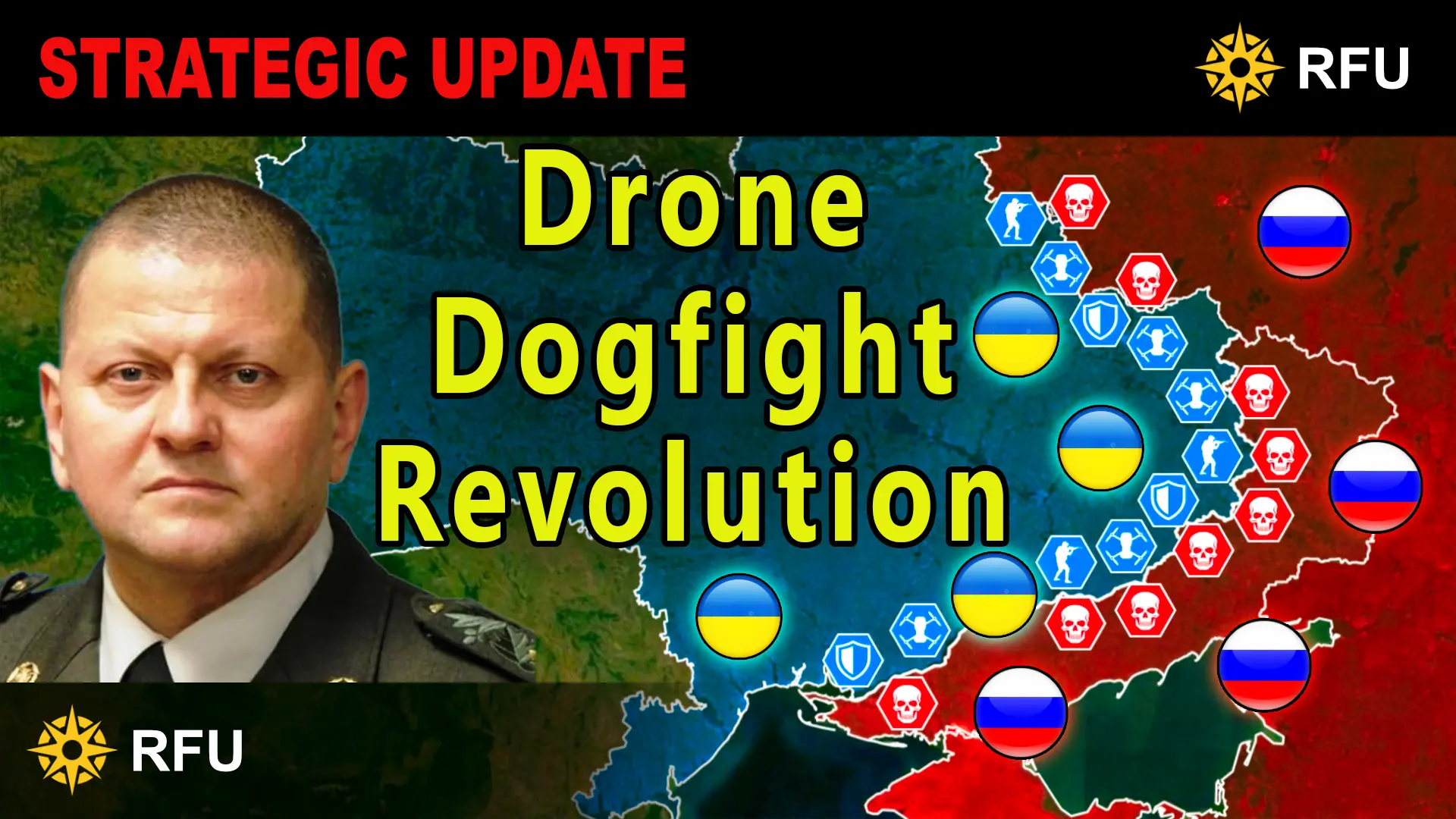
.jpg)
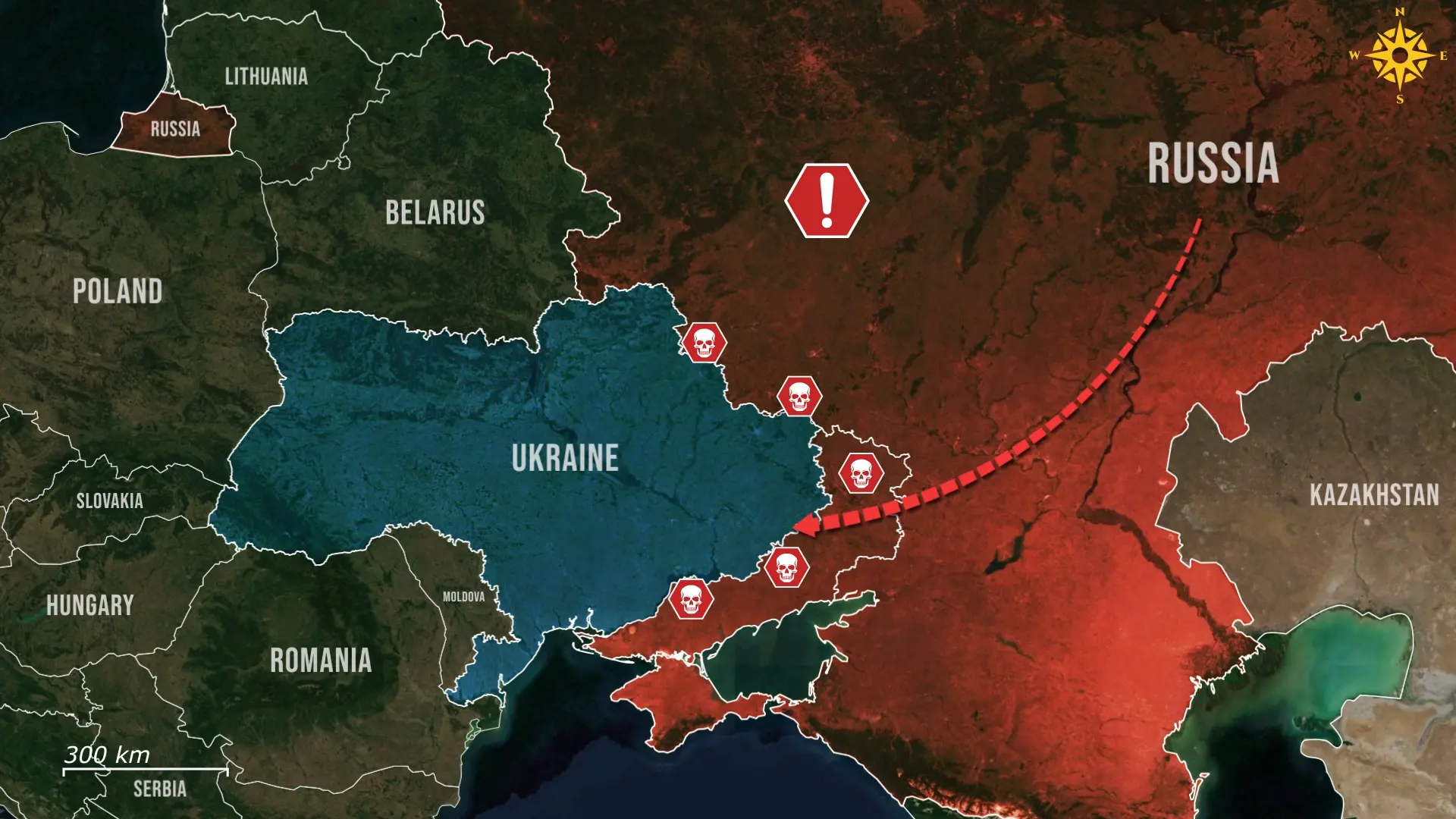

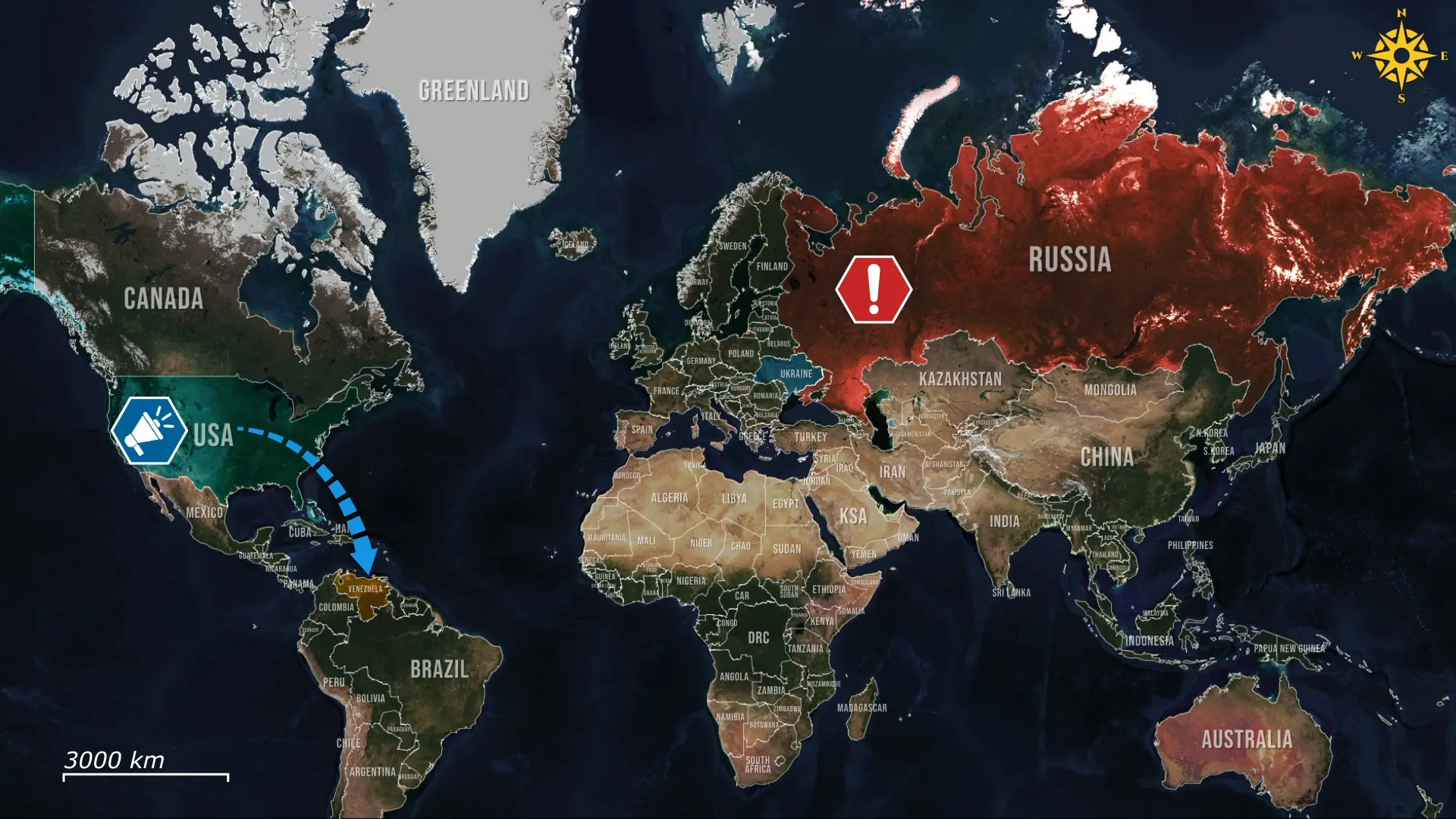
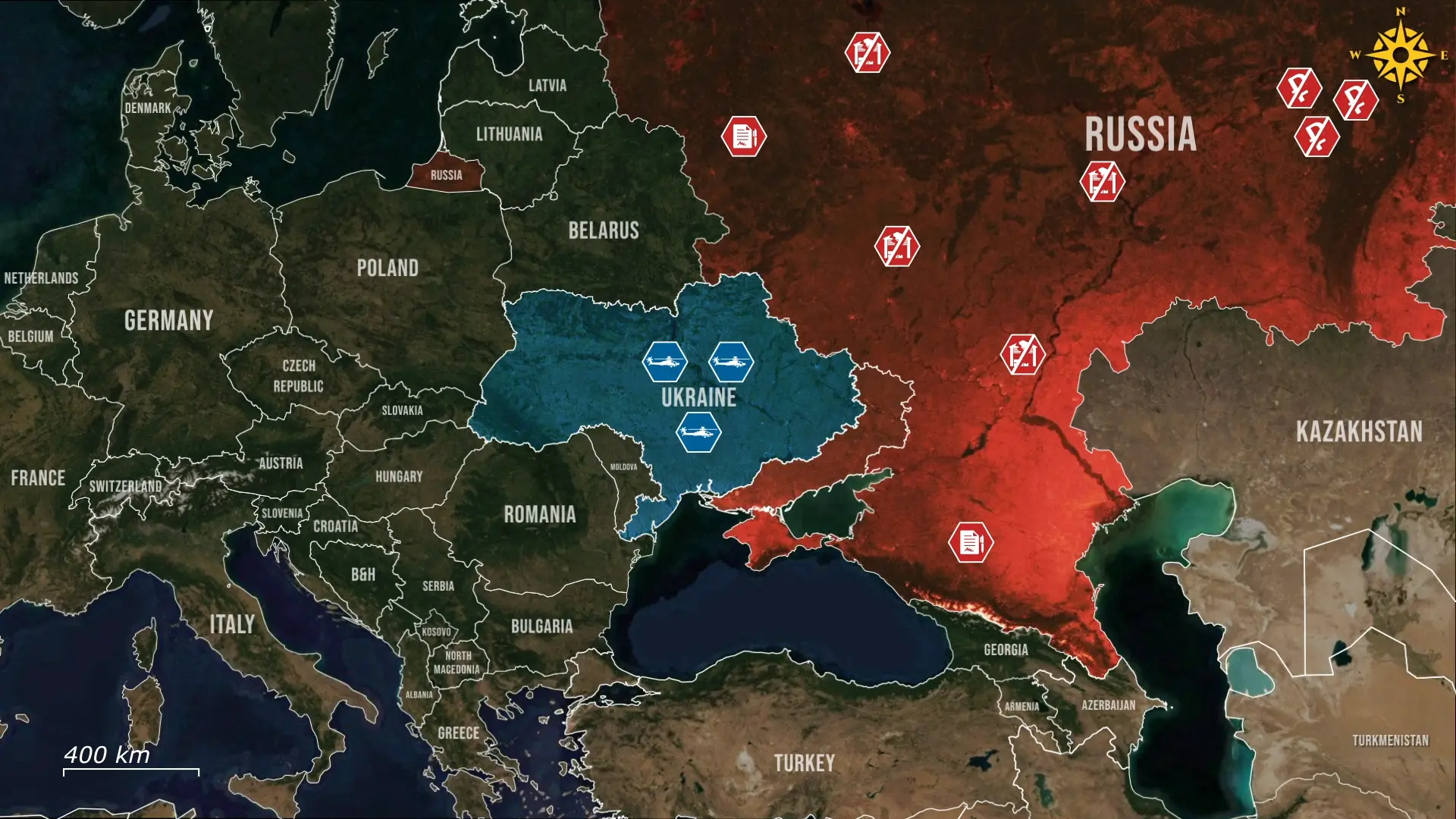
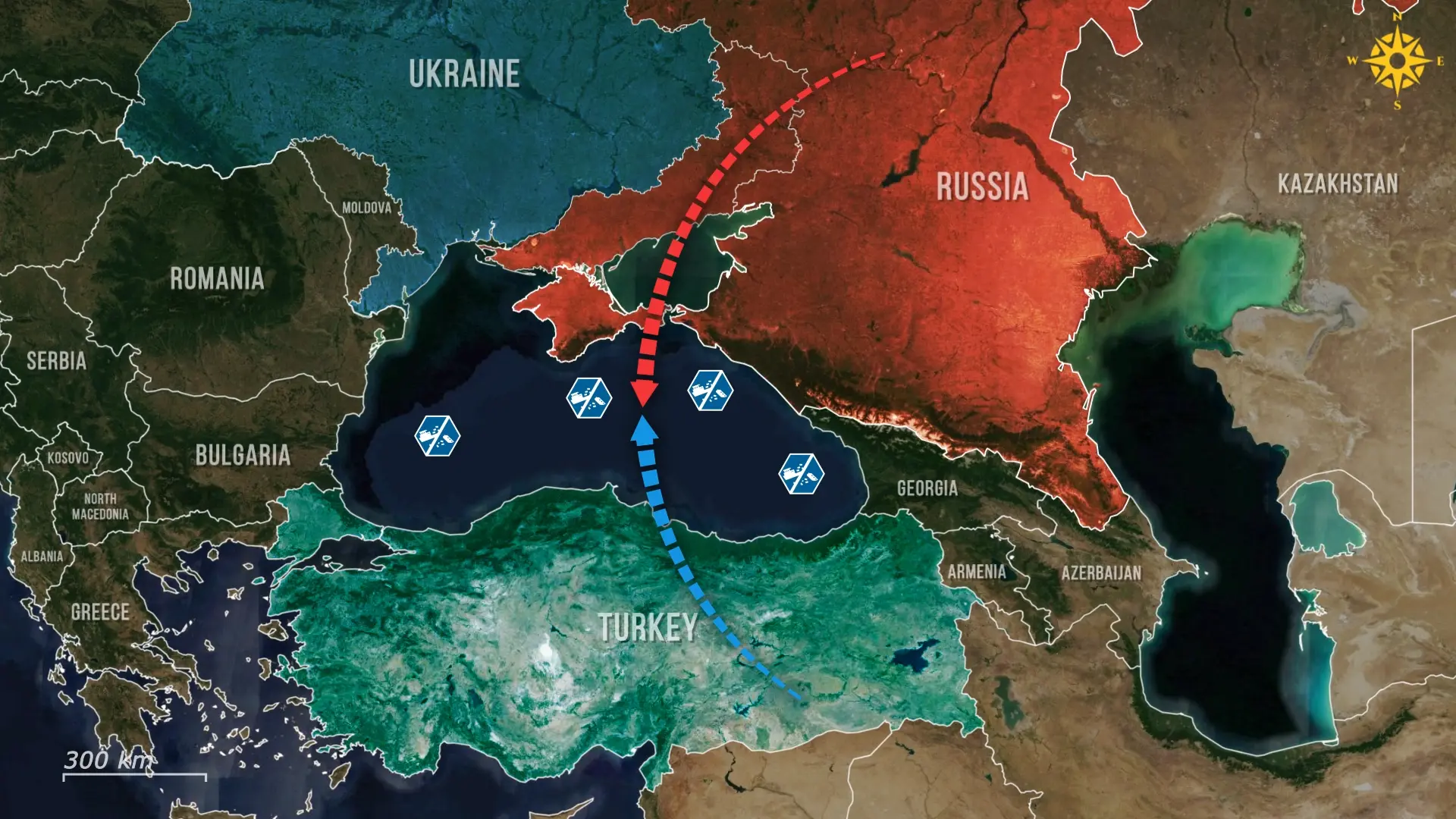
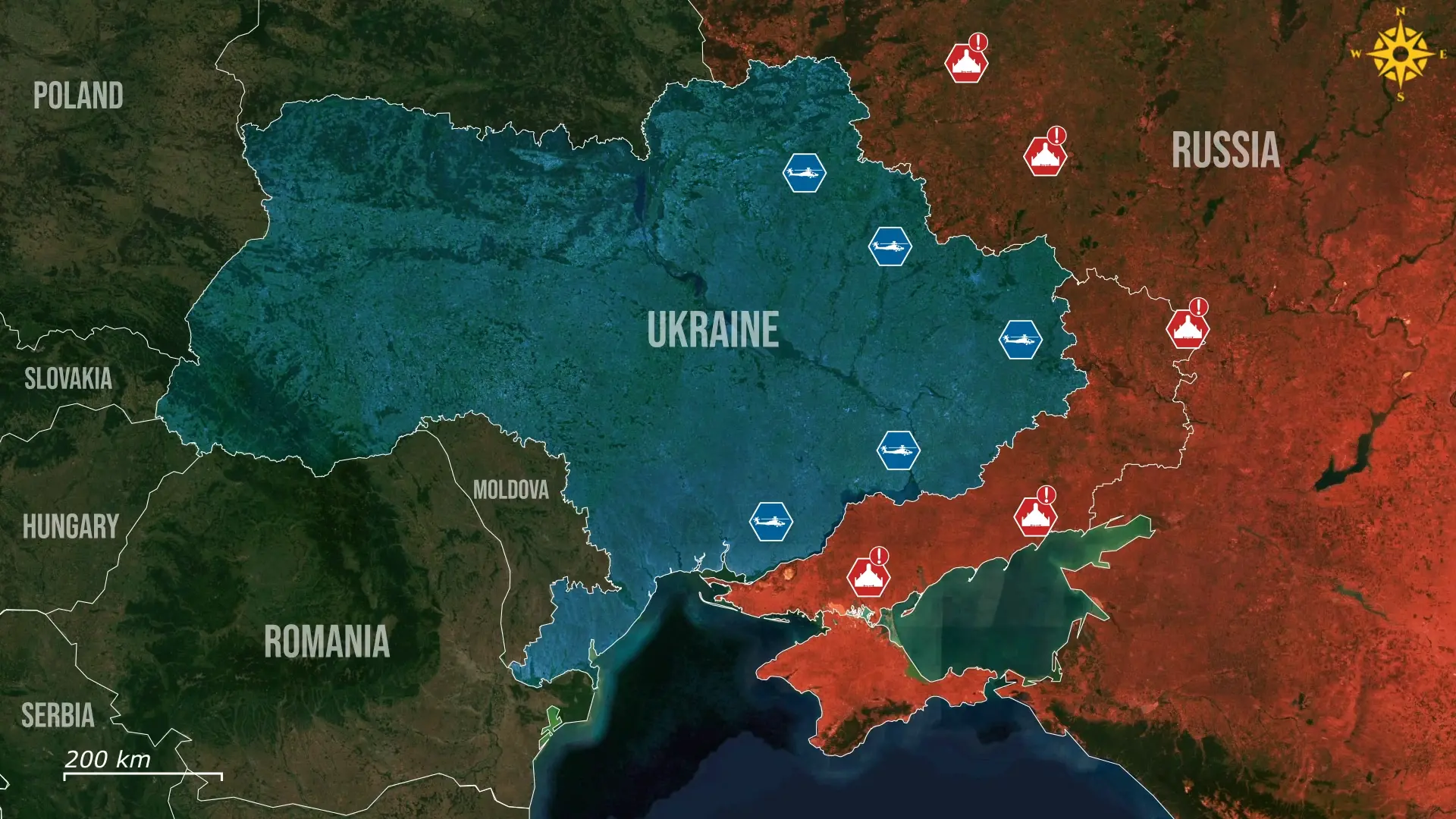
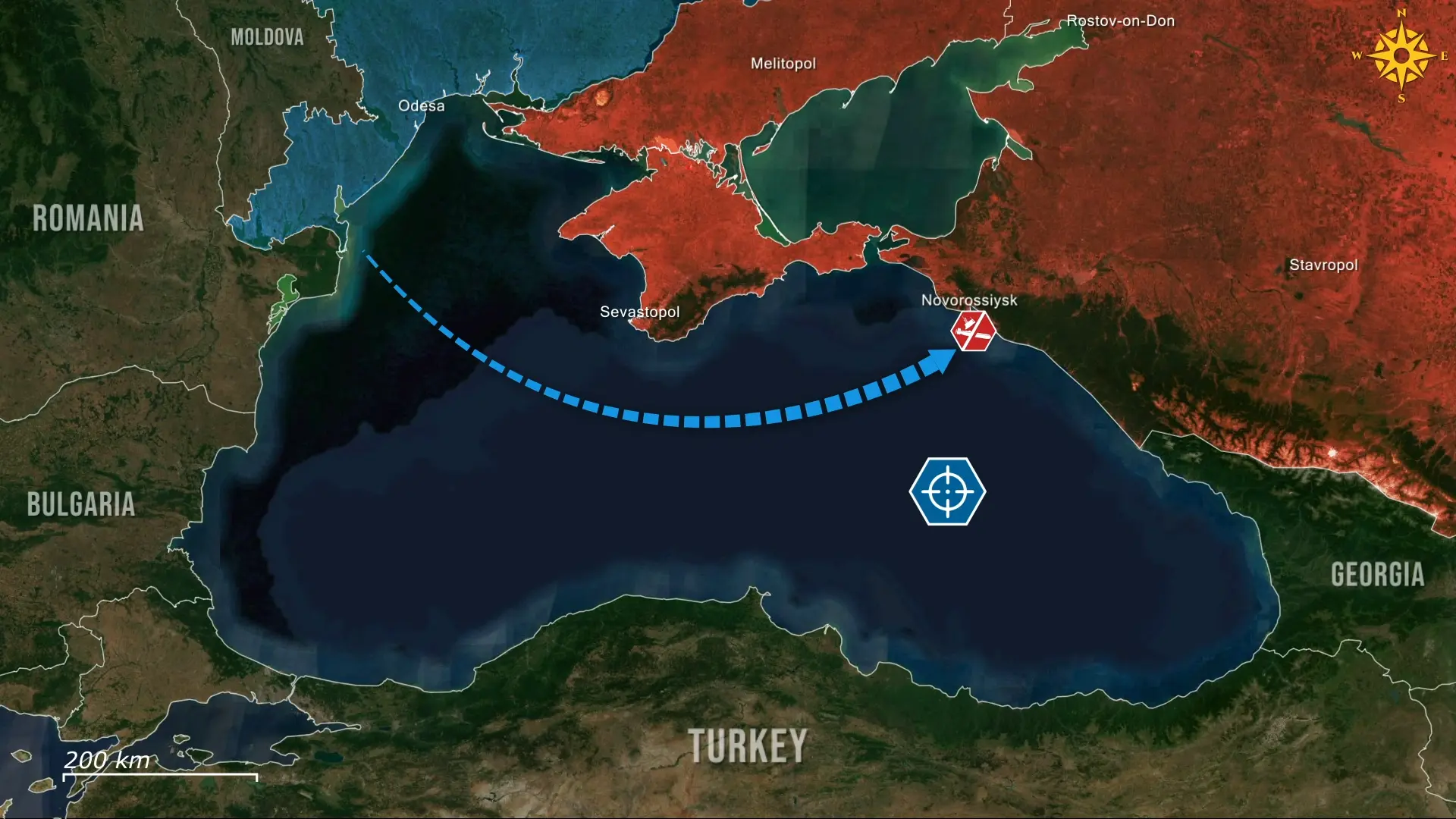
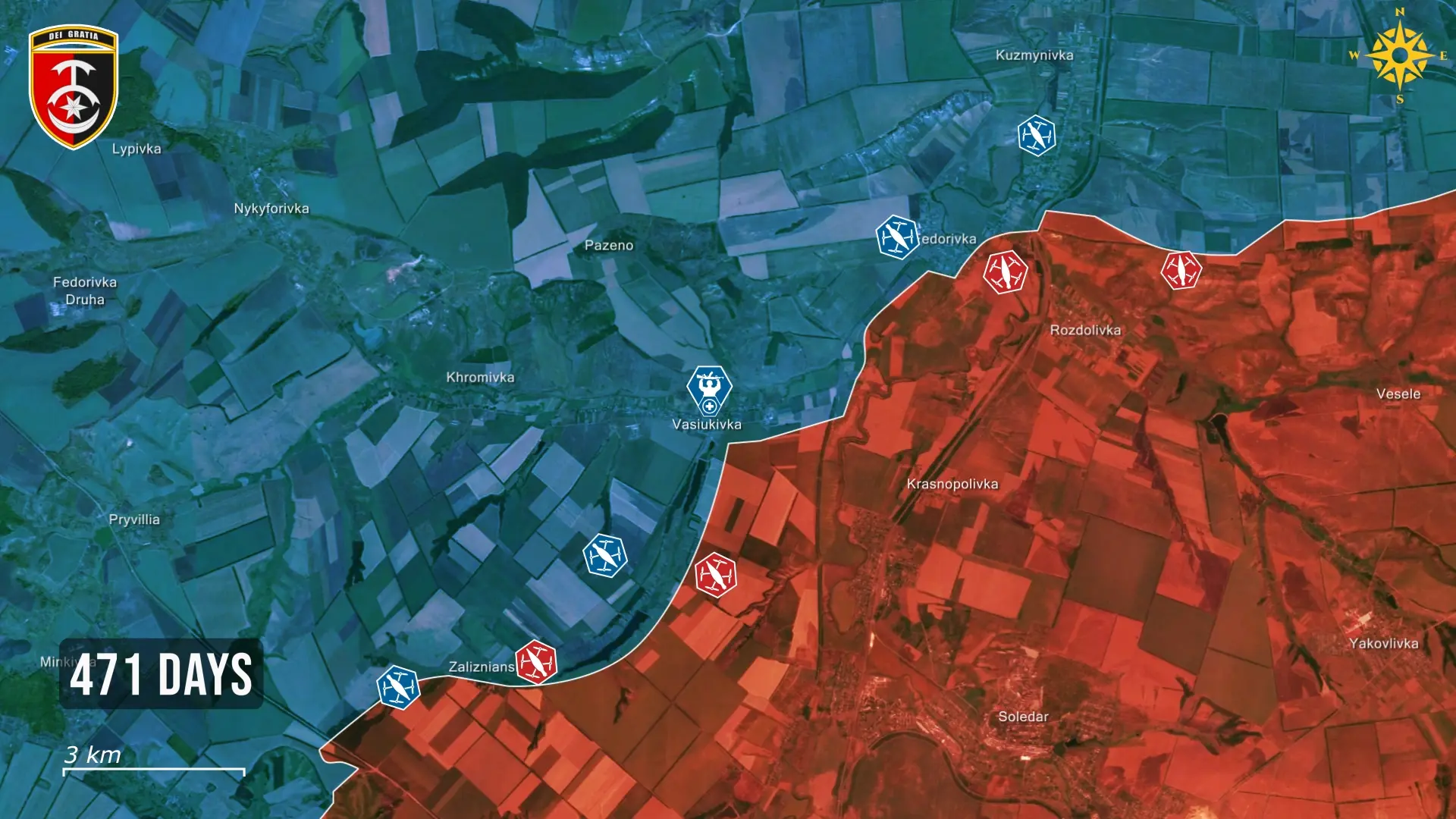
Comments